Traveling to the USA is a dream for so many people, and it’s easy to see why! With stunning landscapes, a vibrant culture, and tons of fun things to do, it’s super inviting.
But before you pack your bags and kick off your American adventure, it’s good to have some handy tips and info to make your trip even better.
In this article, we’re sharing some awesome advice and must-know details to help you dodge any travel hiccups, save some cash, and have an amazing time.
We’ll cover everything from cultural quirks to traffic rules, so you’re all set for your journey. So grab a snack, and let’s dive in!
1. Don’t Stop Before Traffic Lights
When you’re driving in the United States, you’ll notice that traffic rules at intersections are a bit different from what you’re used to in Europe.
This is super important for staying safe on the roads.
In Europe, traffic lights are usually right before the intersection. But in the USA, they’re placed after it, which can throw European drivers for a loop!
To keep your travels safe and clear up any confusion, it’s key to switch up your approach a bit.
Make sure to start slowing down and getting ready to stop well before you hit the intersection. Don’t wait until you’re right at the traffic lights like you might do back home.
By tweaking your driving habits just a little, you’ll be cruising through American roads with way more confidence and safety.
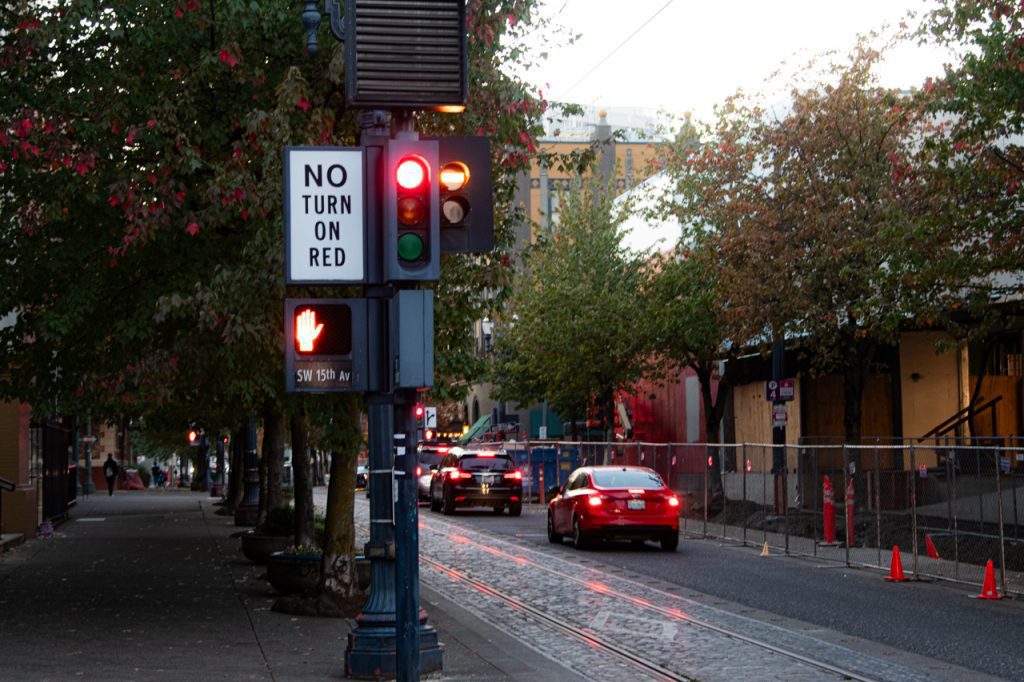
2. Don’t Underestimate Distances or Forget About Time Zones
When you’re planning a trip to the United States, keep in mind just how huge this country is. Just like in Europe, the distances between attractions can be a lot bigger than you might think.
For example, getting around Yellowstone National Park takes at least 2 hours, and there’s about a 3-hour drive between the main areas of Mount Rainier National Park.
As you travel through different states, you’ll notice that moving from one to another can feel a lot like hopping between separate European countries.
Take the trip between Olympic National Park and Mount Rainier National Park. They might look close on a map, but the terrain means it can take you about 5 hours to get there!
And let’s not forget about time zones! Different states can have different time zones, which can get confusing. For instance, Utah and Arizona are both in the Mountain Time Zone, but Arizona doesn’t follow daylight saving time.
So, make sure you check the time zones regularly, especially if you have timed reservations or you’re crossing state lines.
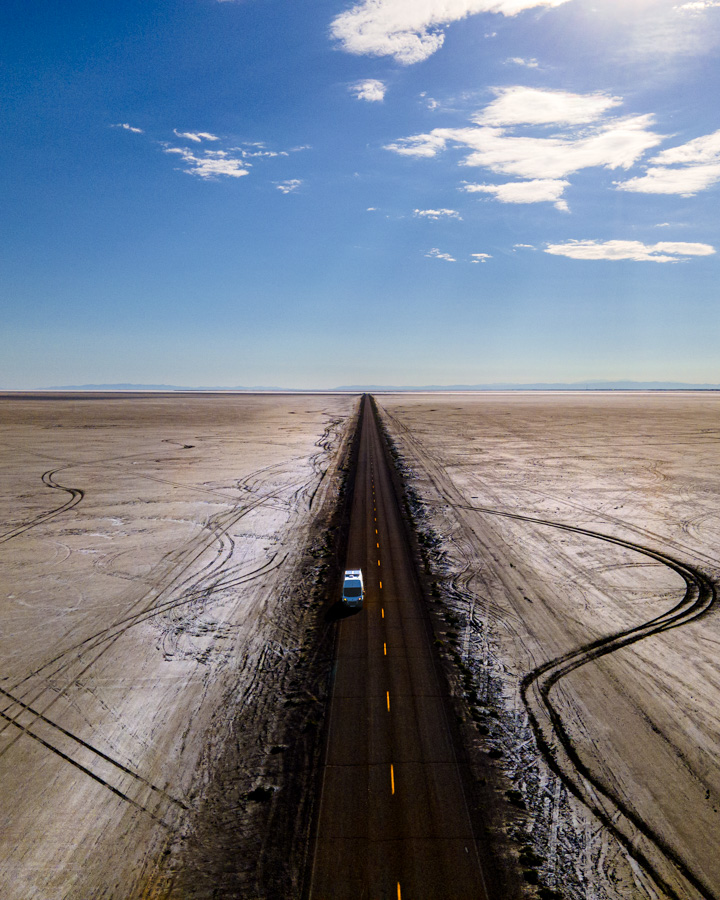
3. Don’t Depend on Public Transport When Traveling to the USA
When traveling to the USA, keep in mind that public transportation isn’t as extensive, especially outside the major cities.
Sure, big urban areas have trains and buses to get you around, but if you’re looking to explore smaller towns or tourist spots, having your own ride makes a world of difference.
That’s why a lot of travelers go for car rentals. They give you the freedom to move around and check out those off-the-beaten-path spots that are less crowded and super interesting.
And don’t worry too much about parking! In the USA, parking facilities are usually pretty well-organized and located conveniently close to the major tourist attractions.
Just a quick tip: when you’re planning trips to less populated areas, especially west of the Mississippi River, make sure you’ve got enough fuel.
Gas stations can be few and far between, and the distances between them can be pretty long.
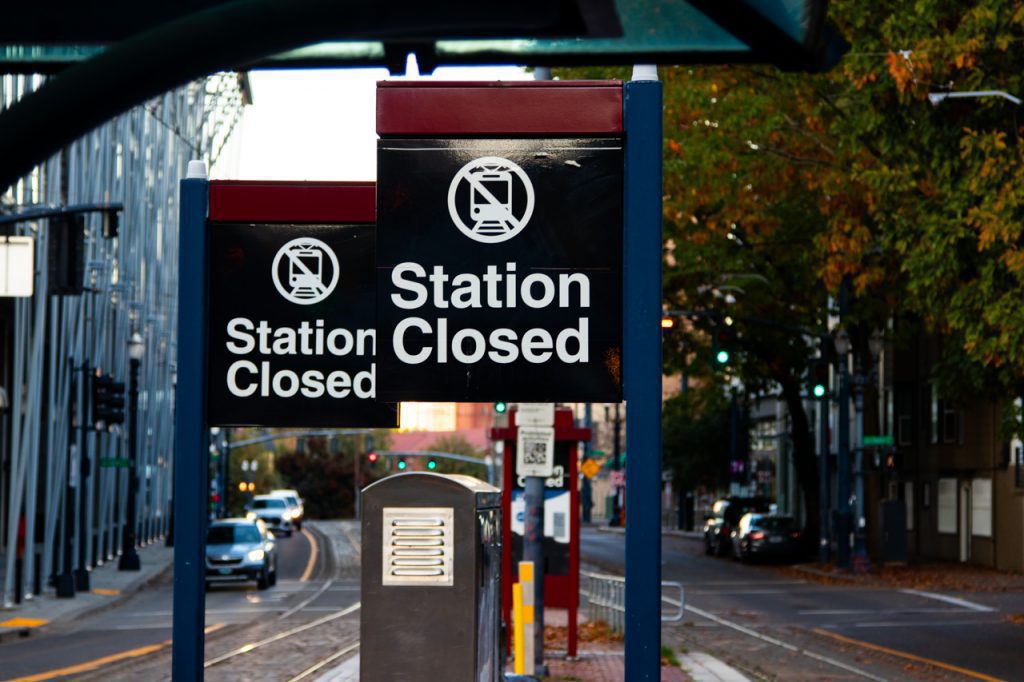
4. Don’t Camp Overnight on Private Property
For camping enthusiasts and RV travelers planning to spend a night outside designated campgrounds in the United States, being cautious is key.
Dispersed camping, often called ‘boondocking,’ might not align with the preferences of property owners, law enforcement, or local sheriffs, which can lead to some unwelcome surprises.
In the USA, the regulations surrounding dispersed camping can be pretty complex and vary significantly from state to state.
For instance, we once stayed in a rural Oregon parking lot and were abruptly woken up by a sheriff asking us to leave!
To avoid misunderstandings and potential conflicts, it’s a good idea to familiarize yourself with local regulations about wild camping.
You might also consider camping in public lands, like national forests, where specific rules and guidelines apply.
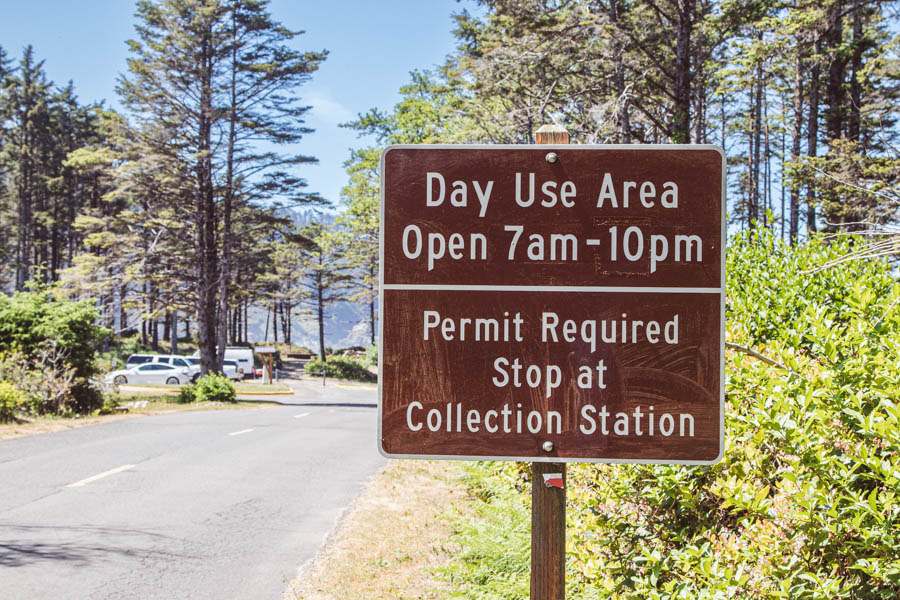
5. Don’t Rely Solely on Card Payments When Traveling to the USA
During our first trip to the United States, we figured that using credit cards and Apple Pay would be a breeze, especially since we were in Silicon Valley, the tech capital.
But we quickly realized that our cards-especially those from outside the USA-weren’t always accepted.
For example, one of our cards worked perfectly fine at grocery stores but got rejected at gas stations. Meanwhile, the other card was great at gas stations but sometimes had issues at stores.
Our advice? Always carry at least two different credit cards and a bit of cash, especially when you’re heading to more remote areas. It really helps avoid any hiccups along the way.
Also, make sure to keep some loose change handy for unexpected situations. Certain places, like parking meters and laundromats, only take coins, so it’s good to be prepared.
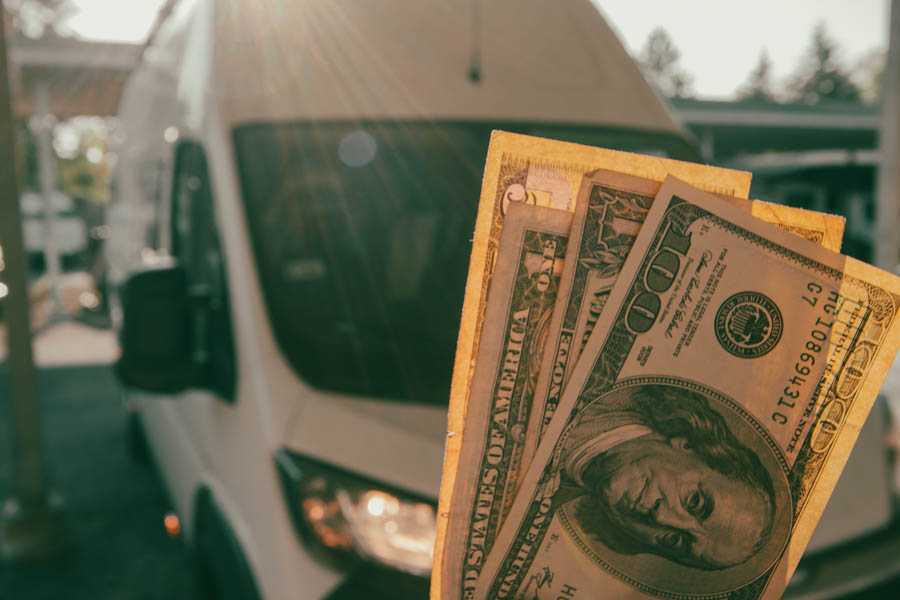
6. Don’t Expect Anything for Free When Traveling to the USA
In Europe, you’ll find a lot of free services and benefits available.
However, during our travels across the United States, we noticed that many services often come with a price tag, which can catch European visitors off guard.
For instance, there’s the sales tax-an extra charge added to the prices of goods in stores that can really impact your total costs.
Also, when you’re shopping online, keep in mind that service fees and shipping charges might apply, so it’s a good idea to plan ahead.
Another big difference is how campers are treated. In Europe, there are plenty of spots where you can empty your gray water and fill up your water tank for little to no cost (usually around 1-2 Euros).
In the USA, finding such facilities can be quite tricky, even if they cost “only” $10. These are just a few things to keep in mind while exploring the USA.
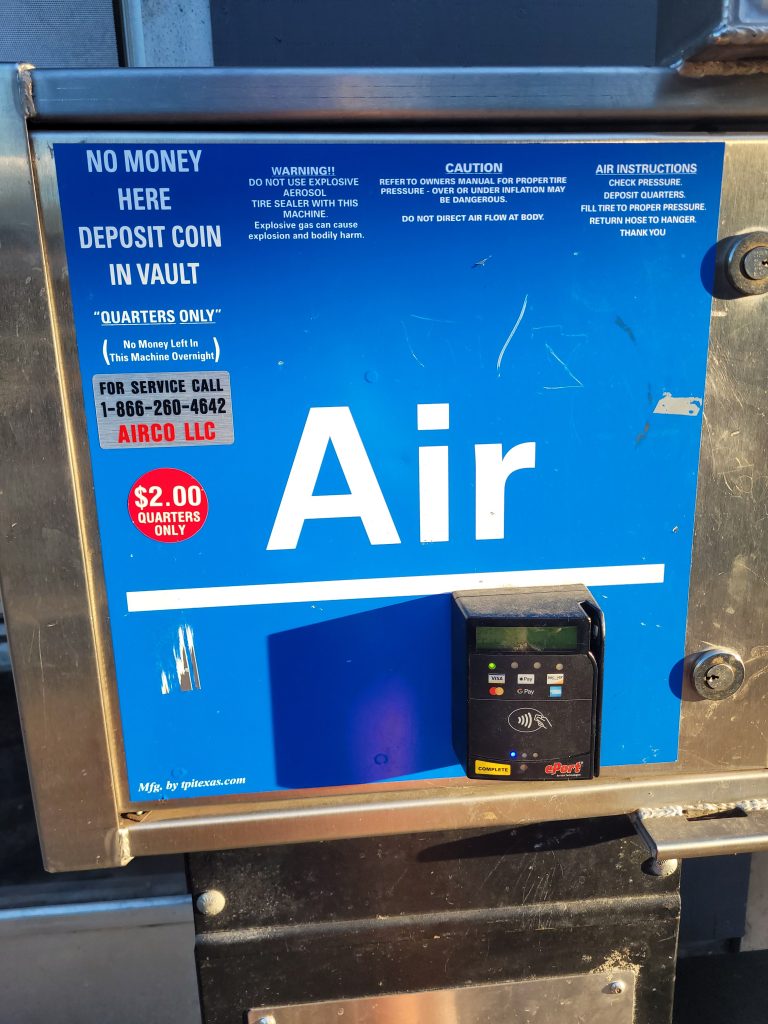
7. Don’t Forget to Tip When Traveling to the USA
In the United States, tipping is a major part of the culinary culture, and it’s quite different from what you might see in other parts of the world.
In many countries, tipping is just a way to say thanks for good service, usually around 5% to 10% of the total bill.
However, the US has its own unique rules. The prices you see on restaurant menus usually only cover the meal itself, and tips are calculated separately to help pay the service staff.
Recently, the average tipping percentage has jumped from the usual 10-15% to between 18-25%, which has led to some debate.
Plus, tipping isn’t just for restaurants; it also applies to fast-food places and even hair salons!
From our experiences, we learned a lot: at one restaurant, we tipped based on the quality of service and food (which was just average), but the waiter seemed to expect a higher tip.
It’s really important to understand tipping customs in the USA to avoid any awkward moments. Keep in mind that in many cases, tips are a crucial part of staff earnings.

8. Don’t Break the Rules or the Law When Traveling to the USA
In the United States, following regulations is a key part of daily life, stemming from the country’s strong history of law and order. Even rules that might seem odd are taken very seriously by its residents.
A clear example of this is the age verification process for buying alcohol.
Cashiers are vigilant about checking a customer’s age to make sure they’re at least 21 years old, as required by law. It can even get a bit quirky, as sometimes older individuals are also asked to show ID!
Traffic rules are another area where compliance is crucial. Drivers must stick to speed limits and safety regulations, and breaking these rules can lead to serious consequences.
Overall, respecting and following the law is a fundamental value for Americans. The phrase “it’s the law” reflects their strong respect for legal norms.
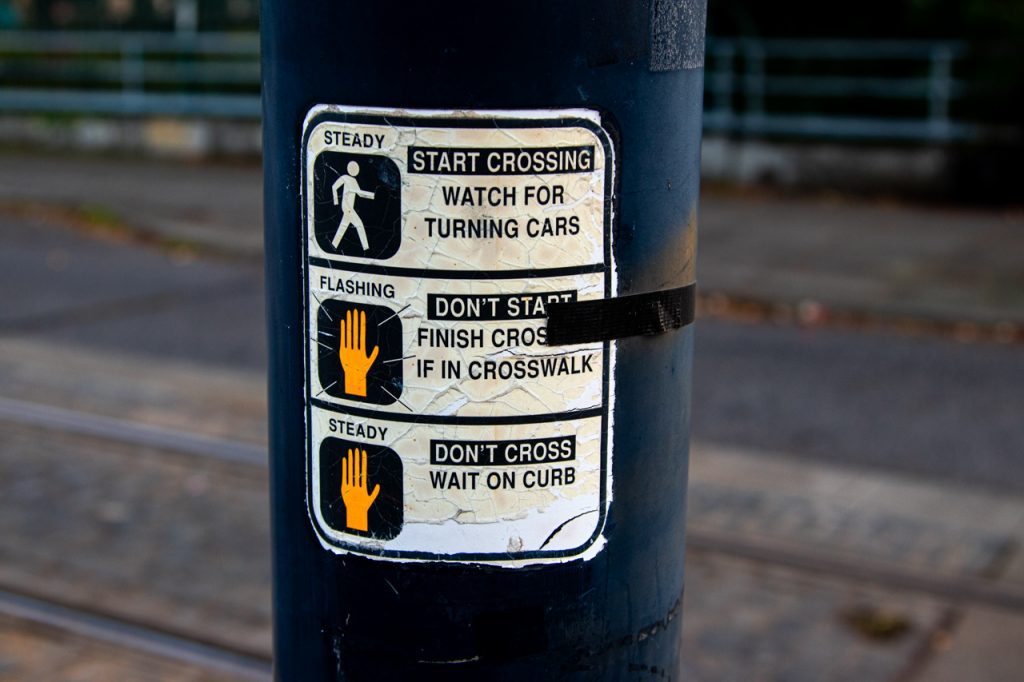
9. Don’t Be Late
In the USA, punctuality is a highly valued cultural norm that applies to both work and social life. Americans take being on time very seriously and generally don’t tolerate lateness.
For instance, if you make a restaurant reservation, even a 15-minute delay could lead to losing your table.
Some places even call to confirm your arrival and set a specific ‘end time’ for your reservation, showing they expect you to leave by a certain hour.
Additionally, at social events, hosts might expect guests to leave before the event officially ends. This can be surprising for those from cultures where socializing lasts longer.
So, for anyone visiting the USA, it’s a good idea to prioritize punctuality in both professional and social settings. Doing so will help you avoid misunderstandings and earn respect from locals.
10. Don’t Go for Excessive Shopping
In the past, when traveling to the USA, we couldn’t resist the charm of its outlet stores filled with amazing deals.
Products like clothes and electronics used to be way more affordable here than in most other countries.
But things have changed a lot in recent years, and that price advantage isn’t as clear-cut anymore.
If you’re thinking about buying a new iPhone, camera, or any gadgets, you might not find the jaw-dropping discounts you used to.
Plus, those famous outlet stores that were once all about big savings now often carry lower-quality items or leftover stock from old collections.
So, it’s smart to keep your shopping expectations in check, especially since you can find similar products at good pricesin other countries.
When you’re planning your trip, try to focus on all the incredible attractions the USA has to offer instead of spending too much time on shopping sprees.

11. Don’t Rely Solely on Data Transfers and Connections
It’s easy to think that a country that invented the mobile phone would have perfect coverage everywhere.
But in the United States, the vast landscape and diverse terrain can tell a different story, especially outside major cities.
Remote areas, like mountains or rural spots, might have spotty or even no mobile service at all.
So, if you’re planning to head to less populated places, keep in mind that you might face some data access challenges.
A smart move is to download offline maps for navigation before you leave, which can help you avoid any connectivity headaches.
On the bright side, some spots with limited mobile coverage can be a great excuse to unplug and soak in the beauty of nature.
National parks and wildlife reserves often lack reliable signals, giving you the perfect opportunity to soak in your surroundings and enjoy some quality time away from screens.
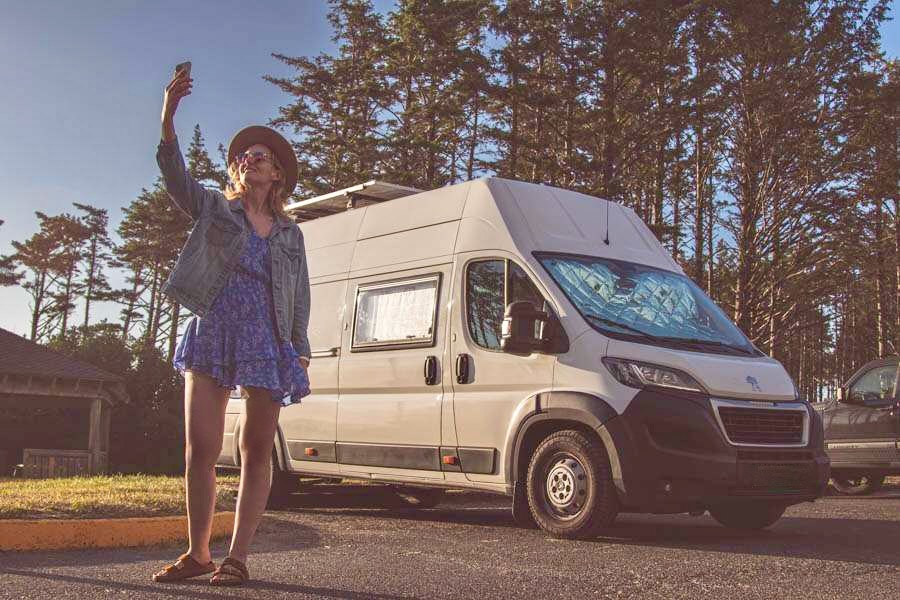
12. Don’t Limit Your Visits to Only Well-Known Destinations
Chances are, you’ve already put together a travel plan for your visit to the United States, right?
Your itinerary probably includes iconic spots like Los Angeles, Las Vegas, the Grand Canyon in Arizona, a few days in beautiful Utah, and then back to California.
This road trip idea is one of the most popular choices for a memorable American vacation. But remember, national parks can get super crowded, especially during the holidays and on weekends.
Even though the USA has plenty of space, many travelers stick to the well-known attractions, missing out on so many equally amazing places.
Instead of just hitting the usual spots, why not check out some state parks? They often offer stunning views, great amenities, and a chance to escape the crowds.
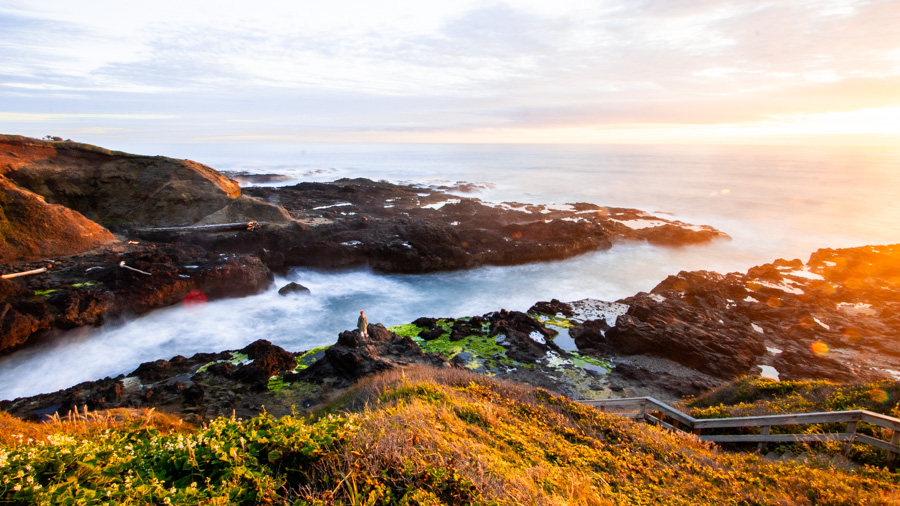
13. Don’t Forget to Sample Local Cuisine When Traveling to the USA
Culinary experiences in the USA are truly fascinating and diverse, influenced by everything from migration history to geography.
Exploring the flavors of this multicultural country is sure to be a treat!
You’ll often find that it’s the small, family-owned eateries that serve not only amazing food but also offer genuine hospitality that beats the big fast-food chains any day.
If you’re on the hunt for the top culinary spots during your food adventure, don’t hesitate to ask locals where they like to eat. They usually know the best-kept secrets of their region!
What makes American cuisine stand out is its rich mix of regional traditions. The dishes you’ll find on the West Coast are totally different from what you’ll get in Texas.
This diversity lets you enjoy classic American food while discovering unique local flavors as you travel across the USA.
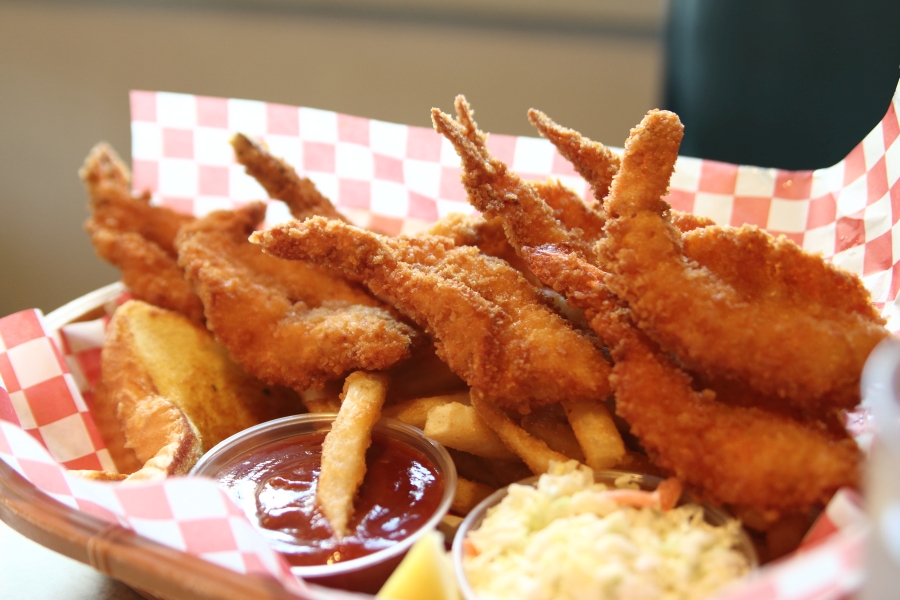
14. Don’t Underestimate Restaurant Portion Sizes in the USA
While exploring the United States, keep in mind that restaurant portions can be huge, especially outside major cities.
Before you order, think about whether you can finish the whole meal. If you’re unsure, just ask for a takeout container-it’s a common practice and helps cut down on food waste.
Another smart option is to share a dish with a friend. Many restaurants will provide an extra plate, saving you some cash and reducing waste.
If you’re looking to save a bit while eating out, consider ordering just water as your drink. Many places offer complimentary water, so you won’t have to spend on bottled drinks.
This not only helps keep your costs down but also supports eco-friendliness by cutting back on plastic waste.
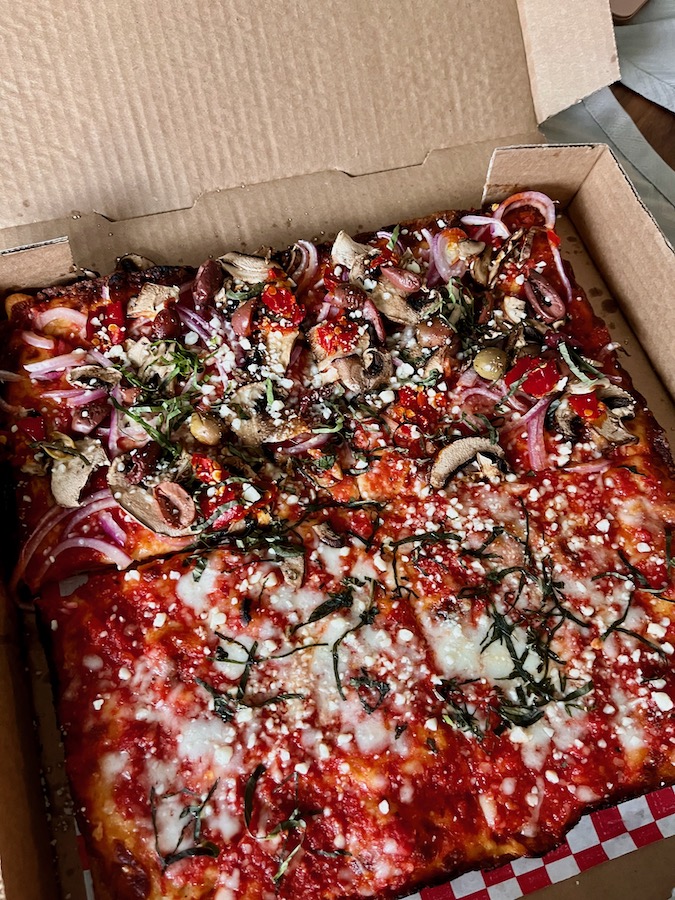
15. Don’t Overlook Travel Insurance When Traveling to the USA
When traveling to the USA, healthcare costs can really add up. So, picking the right travel insurance is super important.
Skipping out on good insurance can be a gamble since even small health issues or accidents can hit your budget hard.
When you’re choosing travel insurance, there are a few key things to think about.
First up is the coverage-make sure it includes things like medical treatment, hospital stays, and any issues with your luggage or flight delays.
Another biggie is the compensation amount. Check how much the insurance covers to ensure you have solid financial protection while you’re away.
Also, don’t forget to confirm that the insurance covers you for the entire duration of your stay in the USA.
In the end, travel insurance is an investment in your health and safety, giving you some peace of mind while you explore.
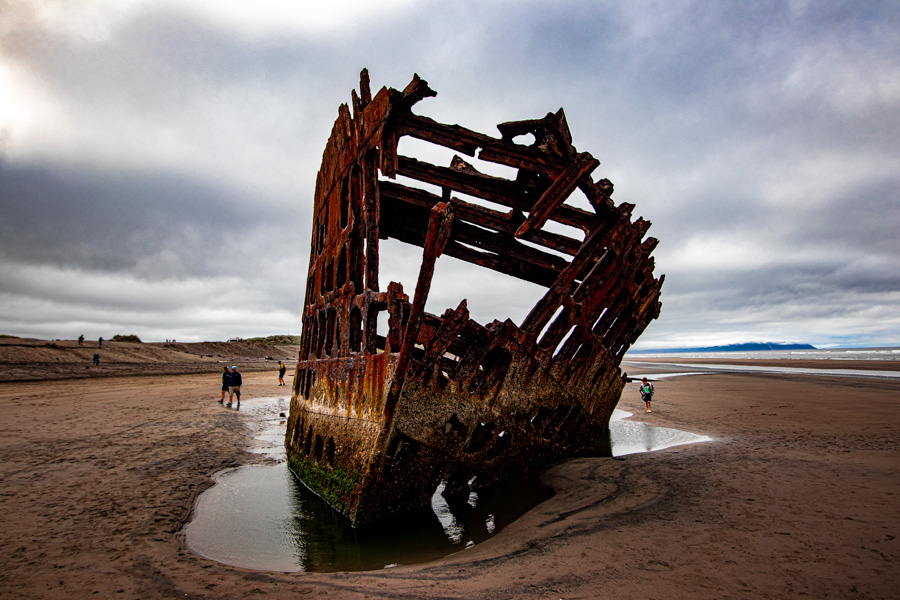
16. Don’t Neglect Travel Adapters and Voltage Converters
When planning a trip to the United States, it’s important to consider the differences in electrical outlets.
The USA uses a different socket standard compared to many other countries, which can make connecting your devices a bit tricky.
That’s why it’s a good idea to pack the right travel adapters ahead of time.
Here’s a handy tip: instead of bringing a bunch of adapters, simplify your packing by taking just one adapter that works with your home country, along with a power strip.
When you arrive in the USA, just plug your adapter into the socket and use the power strip to connect all your devices.
This clever trick means one adapter can handle all your gadgets, making your travel experience much simpler and more convenient.
Plus, it saves space in your luggage and cuts down on the hassle of dealing with multiple adapters.
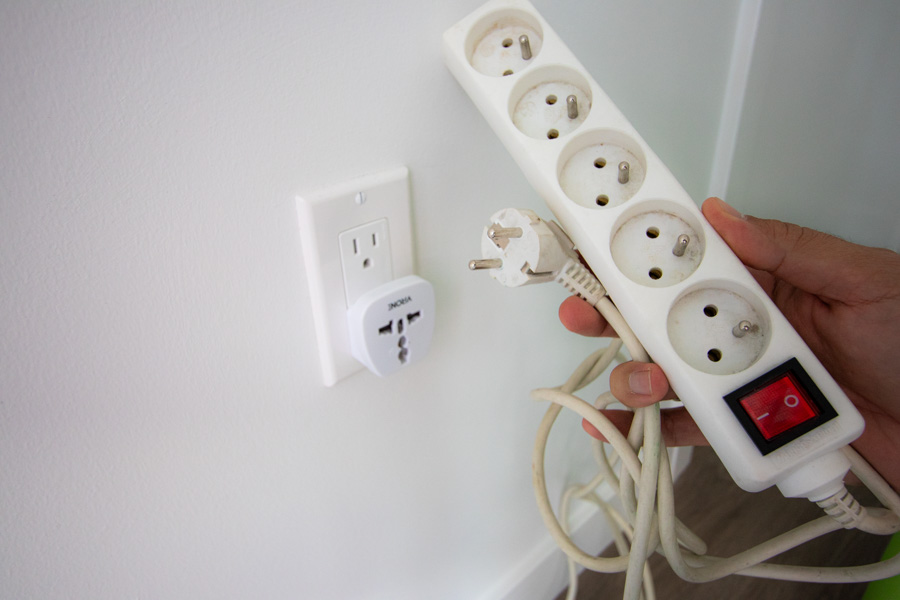
17. Don’t Import Illegal or Restricted Items into the USA
As you kick off your travel adventure in the United States, keep a few important things in mind to avoid any travel hiccups.
You probably know about the big no-nos, like bringing firearms and drugs, but there are some other rules to watch out for too.
If you’re planning to bring prescription medication, make sure you have the right paperwork to back it up.
In the USA, carrying prescription drugs without proper documentation can get you into some serious trouble.
Also, pay attention to rules around transporting animal and plant products. Some of these items are completely banned, while others have strict regulations.
One surprising rule is that transporting firewood across certain state lines is also not allowed.
Following these regulations not only helps you steer clear of legal issues but also supports ecological balance and protects the environment.
Don’t Want to Read? Watch the Video
Travel Budget Calculator
Get your free Travel Budget Calculator now and plan your trip without the stress of overspending!
17 Key Missteps to Avoid When Traveling to the USA: Summary
Kicking off a trip to the USA is super exciting, but it can also come with a few surprises, especially if it’s your first time exploring this huge country.
To make the most of your American adventure, it’s important to have some key info that’ll help you avoid any bumps in the road.
With the right knowledge, you can enjoy a smooth and memorable visit.
In this article, we’ve gathered 17 essential tips and practical advice to help you make the most of your trip and avoid those common travel mistakes.
If you found this info helpful, feel free to share it with your fellow adventurers!
And for those who have already explored the USA, we’d love to hear your thoughts and experiences in the comments below!

